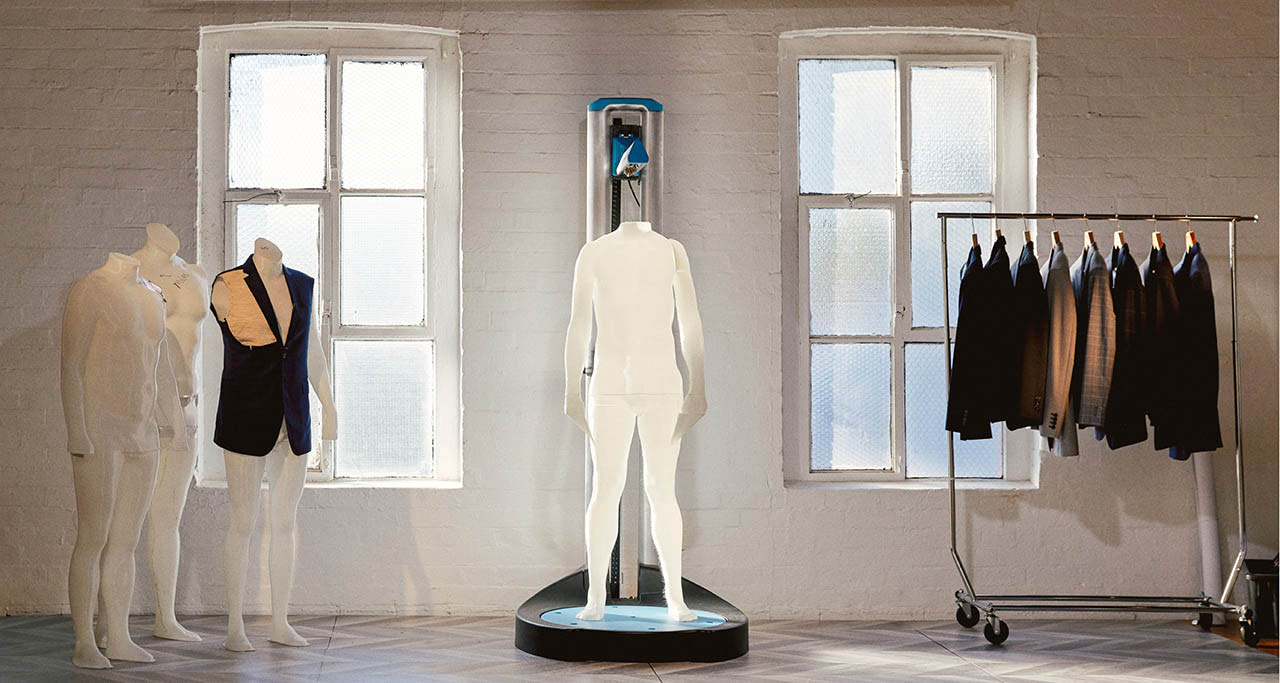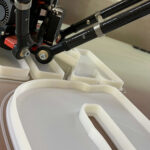Australian company Tailors Mark is using 3D printed, life size body replicas to get the right shape and fit of a tailored suit. By using a mobile app to generate a full-body scan, users can upload their body dimensions to an online tool called TAILOR3D. Tailors Mark then prints a replica using a huge 3D printer. This replica serves as a fitting model which takes away the need for customers to be physically present during a fitting process.
Founders Rob Fisher and David McLaughlin started the company hoping to bring a tech-savvy approach to tailoring. Traditional tailoring is still very much a brick-and-mortar industry, so the company’s approach brings in a lot of convenience for the consumer, with the app allowing customers to easily send their size, posture and body shape from home or any location of their choice. The business model has gone over well with customers and the business has grown significantly since its inception. Currently, they provide between 12,000 to 13,000 garments per year to a global client-base.
“We knew we wanted to use the internet and technology to create a better experience for the customer,” Fisher says. “We wanted smart software to drive the business,” adds McLaughlin.
Once customers send in their body scans using a mobile app, the company prints the torso replicas with a unique corn starch filament. The eventual print is also 99% biodegradable and the company reuses the materials for future clients. Using the replica as a base, the company tailors the suit to this plastic mannequin. The advantages of such a system are that they can do multiple fittings without the need for the client to be present. Another positive is that it cuts material waste and manual labour while catering to a global customer-base.
No-one else can do what Tailors Mark can – that’s a claim backed up by eight patents (in progress), putting us in an ideal position to take advantage of the 3D printing revolution. McLaughlin, co-founder
Fashion & 3D Printing
Other designers, like Danit Pellig, have applied a digitization and 3D printing to fashion, but not quite this extensively. Tailors Mark’s subsidiary Tec.Fit specifically develops new 3D printing applications and apps for tailoring. Users of their app can book an appointment online, after which they can attend an in-person style fitting with a Tailors Mark specialist, exploring customisation and a range of fabrics. Previously, the company used its own portable lightweight 3D body-scanning unit but this was replaced by mobile apps.
The data they receive becomes the basis for the replica, which they print using 4 or 5-meter high 3D printers. The company appears to be using vase mode, printing continuous and without infill which boosts their print-speeds. Their printers also appear to be custom designs. After finishing the model and fitting the suit, Tailors Mark will break the replica down and then feed it into the printer for the next fitting.
Tailors Mark isn’t the only company leveraging additive manufacturing for scanning and printing the human form. Mannequin producers such as Hans Boodt have leveraged additive manufacturing to cut costs and speed up development, allowing for complete prototypes units to be ready in under a week. The process is also great at conserving materials and creating hollow, lighter mannequins or replicas.
Featured image courtesy of Tailors Mark & Tec.Fit.












